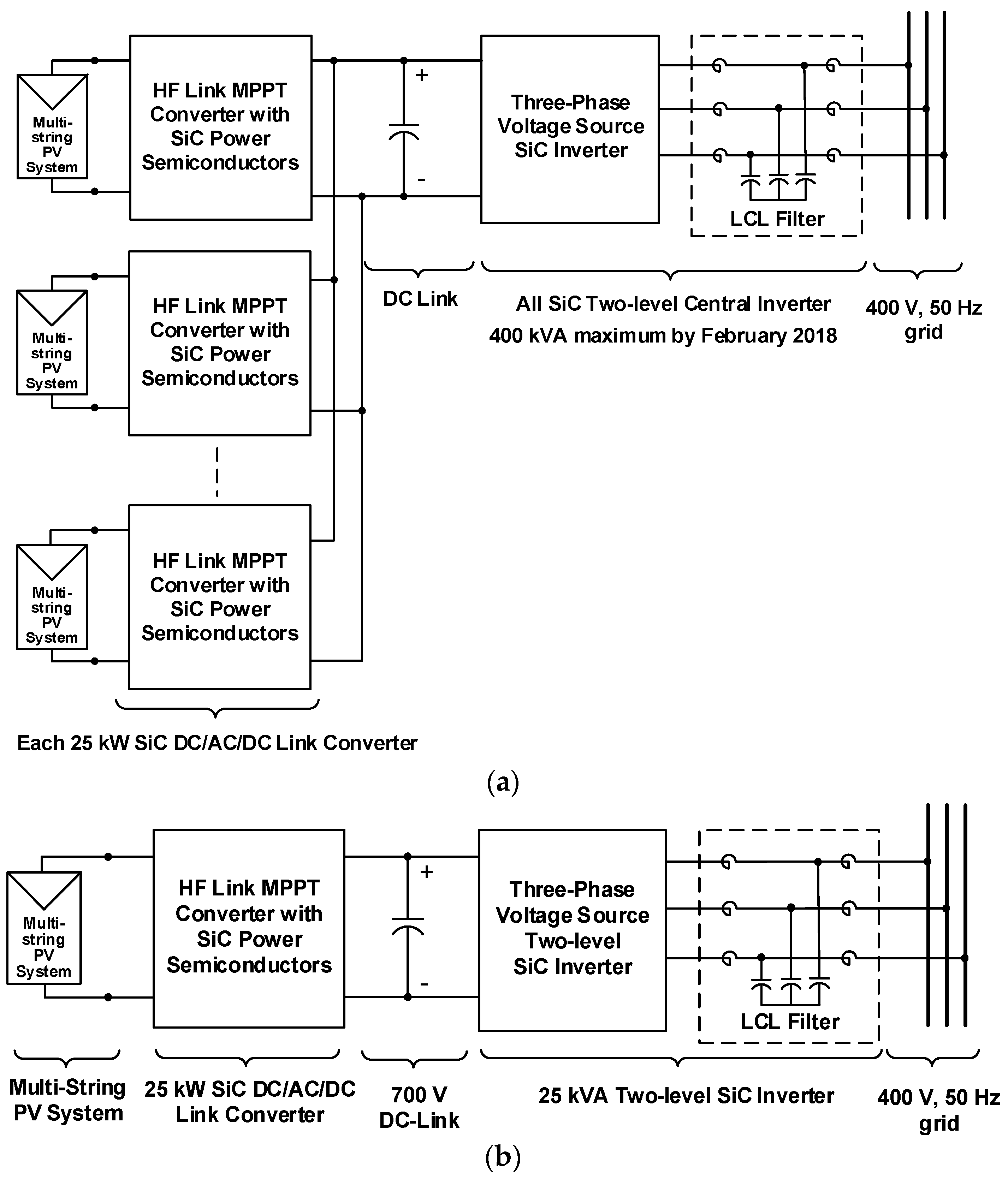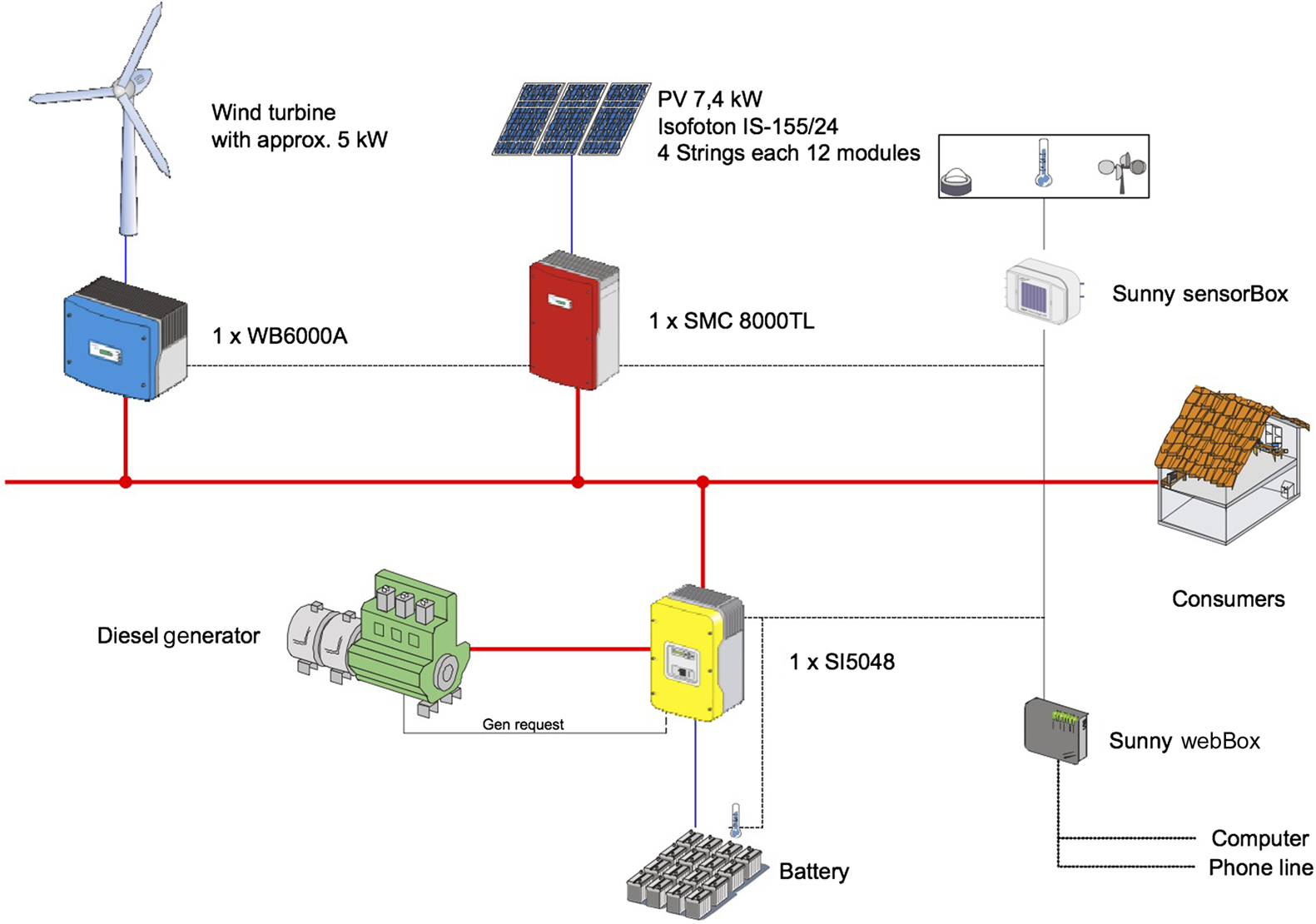

, the annual solar irradiance ranges from 4.0 to 5.28 kWh/m 2/day. Fortunately, Pakistan is rich in solar energy potential, and according to Jamal and Hohmeyer and Stackhouse et al.

If an alternate system is designed for the rural people, it would not only reduce their worries but will also make improvements in the country’s GDP. The sufferings of the rural people and some assumptions made in the sizing of such system are the driving forces for this research work. More than 50% of the population of Pakistan is living in rural areas, and daily power outage is one of the main reasons for the low GDP. To meet the urban and industrial sector power demand, the power of the rural area is cut down resulting more suffering of rural people than urban people. The gap in power generation (18,000 MW) and demand (25,000 MW) is continuously increasing, because load shedding hours in the rural areas are increasing every year and now have reached up to 6 h in winter and 10 h in summer. Pakistan is a developing country, and it is facing a power crisis for more than twenty years. Due to this, the stand-alone PV systems are becoming more ubiquitous for the electrification of off-grid communities and other projects like the water pumping system, and in this growing trend, this study will be helpful for small PV system designing and sizing. The latest research has led to a significant improvement in the efficiency of the PV system to harness the clean energy. Another study showed that the hybrid system of PV and diesel would be viable than a stand-alone PV system. The efficiency and output power of PV depend upon the solar irradiance, location, face angle of the PV panel, type of PV (monocrystalline, polycrystalline, microamorphous silicon, and amorphous silicon), and the efficiency of the components, but the available solar irradiance and location play a significant role.

Therefore, this study will help in implementing small PV systems to meet the domestic load demand of the people living in the solar irradiance-rich areas of the world. The system analysis, sizing, and current per kilowatt hour cost encourage renewable energy and PV system in other parts of the world specifically in the countries of South Africa and South Asia which are rich in solar resource and have the insufficient electric supply. It was selected because most of the remote communities of underdeveloped countries like Pakistan have high solar resource but are isolated from the main grid, and they face long hours of load shedding. In this case study, a rural house in Pakistan has been considered for the load profile, PV sizing, and system design. The method and analysis presented here can be used for the PV system design for other parts of the world. Simulation results indicate that the system can provide a stable voltage and frequency for the domestic load. Perturbation and observation-based algorithm has been used for maximum power extraction from PV. The dynamic model of the designed system has been simulated in MATLAB-Simulink. The system analyses show that such system can support mainly lighting and appliance load in a rural house. The designed system consists of a 5.8 kW PV with eight batteries of 12 V, 255 Ah, and a 1.4 kW inverter. Using the load data, the design of a stand-alone PV system has been completed using HOMER Pro. In this paper, thermal modeling of a typical rural house in Pakistan has been done using BEopt, to determine the hourly load profile.


 0 kommentar(er)
0 kommentar(er)
